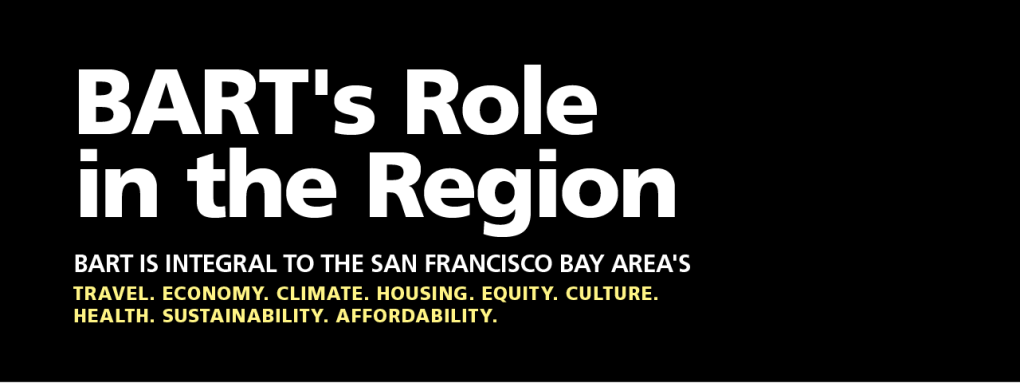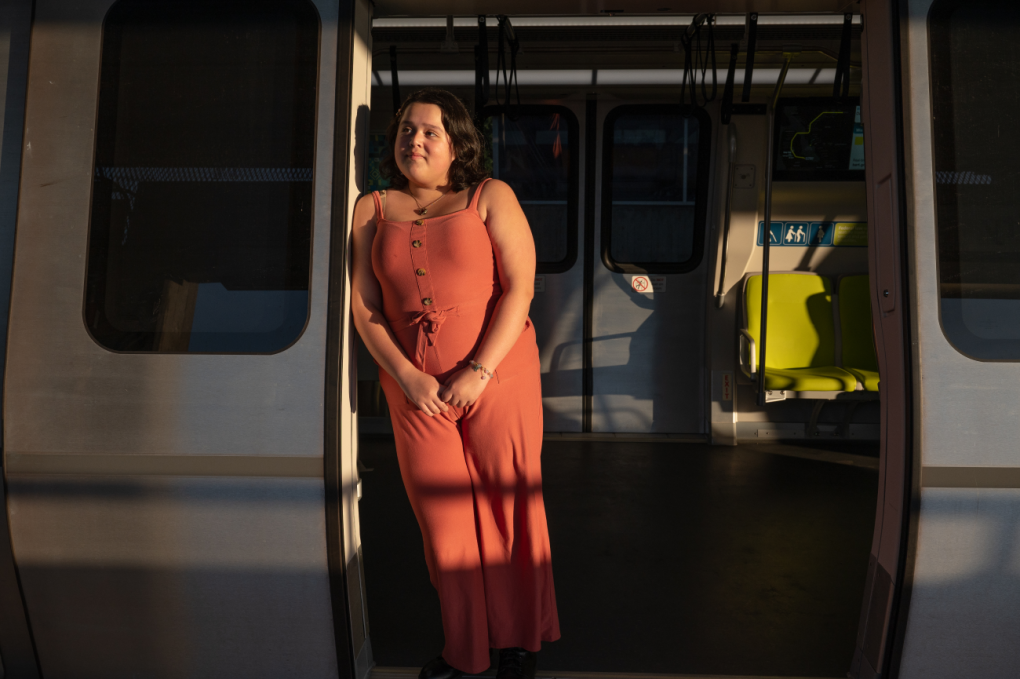Role in the Region: BART lowers the cost of living in the Bay Area

In July, BART released the Role in the Region Report, a comprehensive study of BART's impact on the Bay Area illustrated by new analyses, data visualizations, and powerful personal narratives. Over the coming months, we'll be sharing some of the key insights from the report in a series of articles here on bart.gov. Click here to read the first story — on BART's role in reducing regional traffic — and the here for the second story, which explores BART's contributions to the economy.
We encourage you to read the full report - click here - and visit the project webpage at bart.gov/roleintheregion.
Today's post looks at BART's impact on lowering the cost of living. See the full report for methodology.
BART helps riders save money
BART helps people get by in the Bay Area by connecting them to jobs and helping them save money on transportation costs.
BART trips are cheaper than driving, and people who live near BART stations typically have lower transportation costs than those in other parts of the region.

Figure 2.1 shows that the cost of taking BART is lower than driving for many common trip types. Households within a half-mile of a BART station have, on average, 30 percent fewer vehicles than households beyond a half-mile from a BART station. Annually, these households drive 16 percent fewer miles, which translates to lower transportation costs.
What BART Riders Say…
“I'd have much less money and a lot more stress due to needing a car to get around. I also would love San Francisco less if it didn't have BART. It's too important to the vitality of this city.- Rider based in San Francisco
BART connects workers to jobs
Within San Francisco, Contra Costa, and Alameda counties, census tracts within a half-mile of a BART station have a 13 percent higher average job access score, which considers the number, overall mix, and types of jobs. People who live in census tracts within a half-mile of a BART station commute, on average, 16 percent fewer minutes than people who live further away.
BART Yellow and Orange lines serve a high proportion of people without a college degree. A clear example of the access and benefit that BART provides is seen in the cities of Antioch and Pittsburg, which are both lower-income and more diverse than the Bay Area as a whole. Residents of these cities can use BART to reach jobs in larger Bay Area cities like San Francisco and Oakland in an affordable and timely manner.
What BART Riders Say…
“I don’t think my family and I could remain in the Bay Area without BART.”
Peter Woods, Brentwood, CA
With some 794,000 jobs (21% of the region's total) within a 15-minute walk of a BART station, BART helps people access a large pool of economic opportunities across the Bay Area. By linking people to jobs, BART helps put money in people's pockets, which increases their ability to thrive in the expensive region.
Rider story: Kassandra

In August, Kassandra Santillan started her second year at San Francisco State University, her dream college where she studies microbiology, her dream major. If she couldn’t take BART to school, she wouldn’t be able to attend.
“BART made it happen for me,” she said. “I can’t afford to live near campus, so I’d probably be at a community college instead.”
Santillan is the first person in her immediate family to attend college. She’s always aspired to study at SFSU because that's where her aunt went, and her aunt was one of the only people she knew who graduated from college.
Santillan lives in East Oakland, where she grew up. She doesn’t currently have access to a car, so she takes BART twice a day, five days a week to school. Before starting at SFSU, she’d never really used the system.
“We didn’t travel far away when I was young,” she said. “The only other time I’d use BART was for field trips to San Francisco."
Read Kassandra's story.